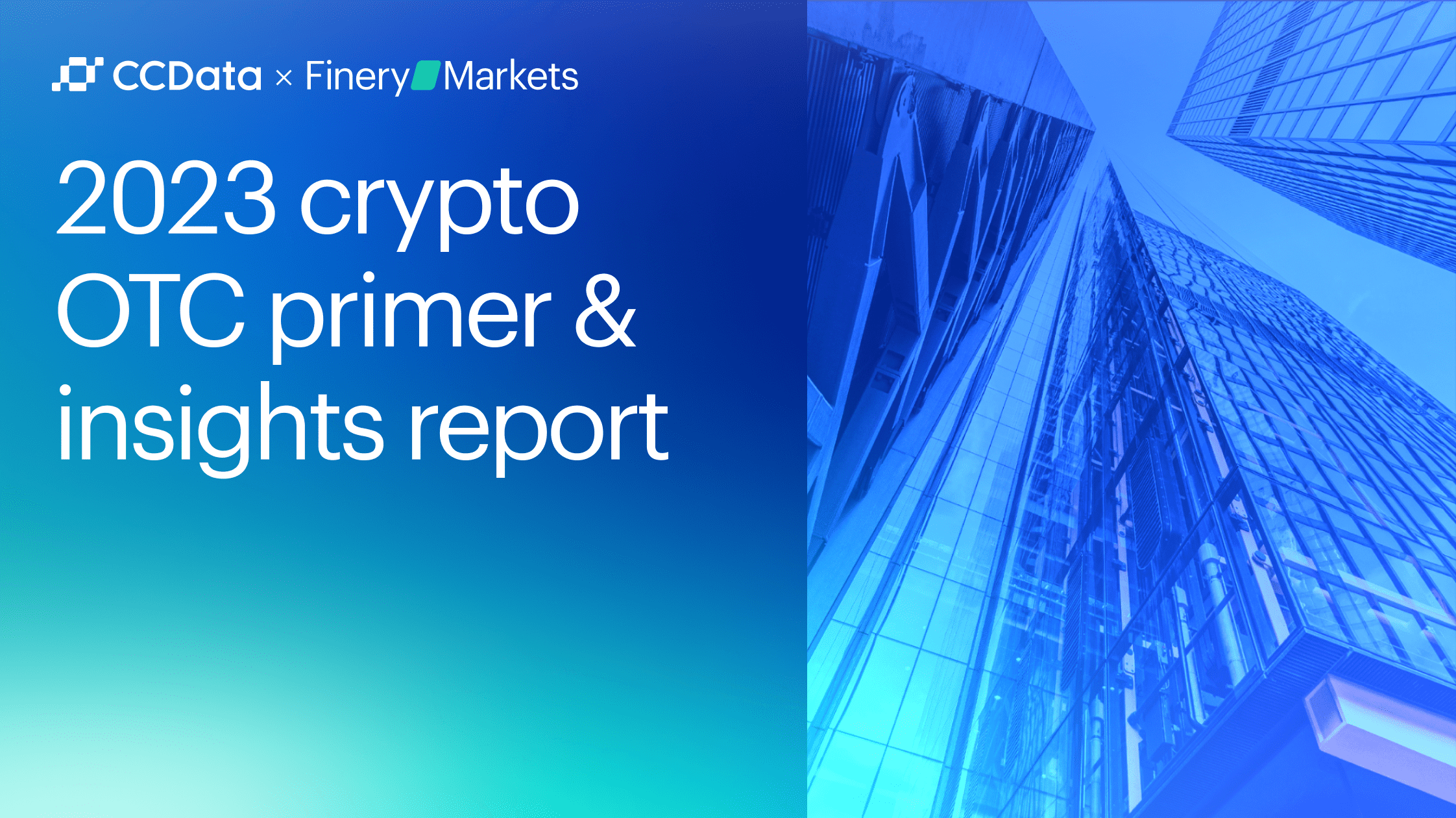How a broker manages client orders is fundamental to their business model and the service they provide. The execution of trades depends on specific methods which brokers use to route orders and set prices and manage risks. The trading mechanics which operate beneath the surface control how brokers process orders and produce revenue and establish market participant reward structures.
Digital asset trading, along with FX and other markets, shows that the divide between A-Book and B-Book brokers is based on more than just technical differences. The two brokerage systems operate through different risk management approaches because one model shifts risks to outside liquidity providers and the other model handles risks within its own operations. The two systems maintain different levels of market visibility and trading fee management and operational management requirements.
The expansion of institutional crypto trading and market liquidity distribution between exchanges and OTC venues, as well as non-custodial platforms, has turned execution logic into a trust-building factor. Trading desks base their assessment of counterparty risk and capital efficiency and compliance risk on whether their broker executes trades internally or sends them to market venues.
The analysis of A Book and B Book broker operations together with hybrid systems that unite these models provides better understanding of present-day brokerage systems. The main difference between brokers extends beyond execution speed and spread rates as they determine their market participation, exposure management and their ability to fulfill client requirements. In this article, we dive into these two models and outline key differences.
What Is An A-Book Broker In Crypto?
Brokers function as the main connection points which enable traders to access market liquidity. They help traders to find each other through market access to on-exchange or OTC markets which allows them to execute trades. The distinctions between A Book and B Book brokers, which can be found in other markets, continue to apply to the crypto space because they share similar principles for order routing and liquidity access and risk management.
A Book brokers direct their trades to outside liquidity sources which include exchanges, OTC venues or prime brokers while B Book brokers execute trades from their own proprietary resources. The selection between these two models establishes the method for price formation and capital utilization. The way brokers structure their operations affects their ability to execute trades and manage spreads.
The A Book model operates as a market-neutral system which provides complete transparency to clients. The broker uses on-exchange infrastructure, connectivity providers, OEMS systems or ECNs to send orders directly to liquidity providers who then execute trades against their available market inventory. This system operates without any potential conflicts of interest. The broker generates revenue through commission fees and spread markup instead of taking positions against their clients. Under this scheme, the system rewards traders who maintain consistent trading activity and execute large volumes of trades. The A Book model provides enhanced transparency to both brokers and traders while delivering superior execution performance.
Institutional traders together with high-volume traders select A Book brokers because these brokers maintain market-based pricing and unbiased execution. The execution process shows actual market depth because orders go to external trading platforms which adjust their spreads based on available liquidity.
The non-custodial ECN technology operated by Finery Markets supports brokers, which would like to provide this type of execution to its customers. The system enables crypto brokers and OTC desks to access aggregated liquidity from various liquidity providers while maintaining complete control over settlement processes and execution transparency.
What Is A B-Book Broker In Crypto?
The B Book model operates through market making which differs from the A Book model. In this scenario, the broker executes trades from their own resources instead of sending them to external markets so they become the trading counterparty. In other words, the broker takes on the role of trading against their own clients. This model provides brokers with complete authority to determine both execution methods and pricing structures. The system enables brokers to fully control pricing and offer fixed spreads with immediate execution during volatile market periods because it operates through their internal system instead of having to rely on external liquidity providers.
This approach benefits brokers who work with retail clients and high-frequency traders because it provides fast execution and simple operations despite lacking external market transparency. However, it’s worth noting that this model creates an automatic conflict of interest because brokers earn money when their clients experience losses but lose money when their clients are on the winning side of trades.
A Book vs B Book Brokers Comparison Summary
-min.jpg)
Understanding The Hybrid Broker Model In Crypto
The Hybrid Broker Model, as the term clearly states, merges elements of both A Book and B Book execution methods to provide a hybrid system.
The system unites A Book execution transparency with B Book internalisation flexibility and efficiency. With this system, brokers can determine trade routing based on advanced risk management systems which evaluate each order for external liquidity or internal execution. The system evaluates multiple factors including trade size and leverage and client trading strategy and account type to make its decisions.
Under this approach, the system directs high-risk short-term trades to the B Book while sending larger or less risky trades through A Book channels. The model enables brokers to handle their exposure levels while keeping market liquidity stable and spread prices stable during market volatility. Hybrid systems provide clients with tight spreads and quick execution and institutional-grade market visibility. Also, this system enables brokers to achieve profitability through controlled management of their operations while preserving client trust.
Revenue Models and Risk Management
A Book brokers generate their revenue through the number and volume of trades their clients execute. The business generates profits through commission fees and spread markup payments which increase when clients perform more trades. The broker's financial success directly depends on user experience, including delivering high-quality execution.
B Book brokers, on the contrary, focus for profitability relies on market risk exposure. The system generates profits from client losses but faces losses when clients achieve successful trades and market movements favor their positions. B Book brokers reduce their exposure by using external liquidity providers and correlated financial instruments for risk management.
Hybrid brokers use automated systems to distribute risk through data-driven flow classification.
Regulatory Environment and Market Integrity
The design of execution models by brokers depends on existing regulatory frameworks. Traditional financial regulations support A Book models because they establish separate roles for brokers as intermediaries and market exposure reduction to prevent conflicts of interest.
B Book models exist under legal status but face enhanced monitoring requirements. Under MiFID II and similar frameworks brokers need to disclose their status between acting as principals (counterparties) and agents (intermediaries). The execution policy and conflict-of-interest management practices must be disclosed to all market participants.
With the increased institutional participation in digital asset markets, similar regulatory standards from those affecting traditional financial instruments are expected to become the norm in the crypto space as well, which can positively affect accountability and reduce manipulation.
Choosing the Right Broker Model
The selection between A Book and B Book execution models depends on the business approach of brokers and their target customer base of clients.
Professional traders and institutional clients prefer A Book routing because it provides them with transparent access to external liquidity which builds their market credibility. B Book models appeal to retail-focused businesses because they offer basic operations at affordable costs and enable promotional pricing and fixed spread programs.
Many organizations select hybrid execution models because they offer the best combination of risk management and client support and market flexibility. The essential factor for success lies in how brokers handle their execution models through transparent management practices and effective client communication.
The bottom line
The market operations of brokers exist through two distinct models which are A Book and B Book. The system operates with complete market access and full transparency as its main focus while the other system focuses on achieving maximum control and minimizing expenses. The two execution models operate successfully together when properly managed by brokers.
As it happens in other asset classes, the digital asset market will continue to have different models to serve both institutional and retail clients. The market will advance toward maturity when brokers implement responsible risk management and intelligent routing systems and build strong relationships with their liquidity providers.
We help brokers construct their crypto tech foundation through advanced trading infrastructure connected to global liquidity providers. This unique positioning allows Finery Markets solutions to drive the industry's maturation by fully automating crucial broker operations, such as hedging, risk management, position management, reporting, and settlements.
FAQ
What are the two types of brokers?
The two main types are A Book brokers, which route trades directly to liquidity providers, and B Book brokers, which internalize trades and act as counterparties. The key difference lies in how each manages client trades, risk, and revenue.
What is a hybrid broker?
The hybrid broker combines A Book and B Book execution. Brokers use analytics and risk management algorithms to decide which trades to hedge externally and which to manage internally.
Is B booking legal?
Yes. B Book brokers are legal in most jurisdictions as long as they maintain transparency, disclose their execution model, and comply with local regulations. The model’s legality depends on proper risk controls and fair dealing.
Which is better: A Book or B Book brokers?
Neither is inherently better. A Book brokers offer transparency and no conflict of interest, while B Book brokers deliver speed, fixed spreads, and lower entry thresholds. The best choice depends on the trader’s risk tolerance and trading strategy.
Do brokers switch between A Book and B Book models?
Yes, many modern brokers use hybrid broker models, dynamically switching execution based on trade size, client profile, or market volatility. This allows for better risk control and cost optimization.
How can traders identify if a broker uses A Book or B Book execution?
Traders can review the broker’s execution policy, regulatory filings, and disclosures. Transparent brokers often publish whether they operate a no-dealing-desk (A Book) or market-making (B Book) model, or both.


-min.jpg)






















